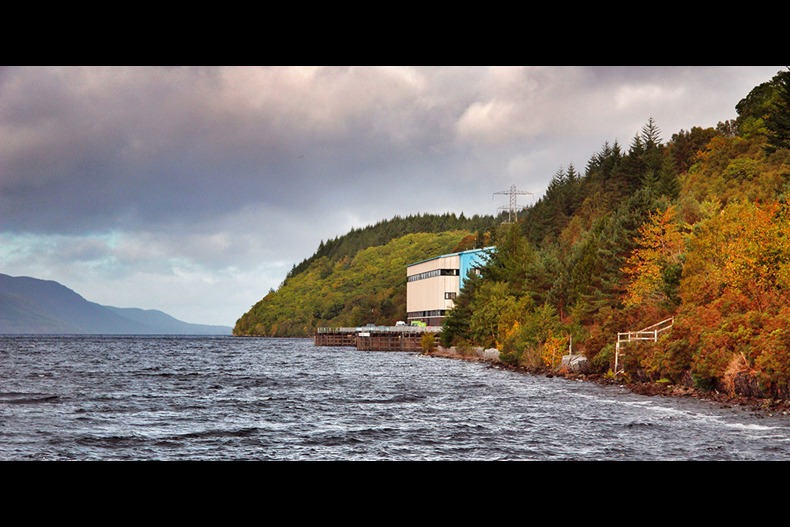
Mike Seaton is SSE Director of Development and has blogged on The Benefits of Pumped Storage Hydro to the UK.
Ask energy industry experts which technological development will be a game changer for the electricity system and most will tell you that it is storage. And right they are too.
Electricity storage can deliver a number of different benefits to the GB electricity system, providing it with greater flexibility and security whilst reducing costs for consumers and assisting with decarbonisation. But there is no one type of storage, or one specific technology, which can provide all of these benefits.
Different types of storage technologies provide different benefits due to their differing characteristics – some are more suited to storing large volumes of electricity which can then be used when there is a shortage on the system, whilst others are more suited to providing quick fire response services to National Grid or managing constraints on the electricity network.
Different technologies, at different scales, will therefore be required if all of the benefits of storage are to be realised by consumers. In its Smart Power report, the National Infrastructure Commission estimated that greater flexibility could save us up to £8bn annually by 2030. SSE supports increasing the amount of storage we have across the electricity system.
One of these technologies is hydro pumped storage, a technology which has been around for over 100 years and has proven itself to be indispensable to the electricity system. Like other forms of storage it can respond very quickly if the system requires it. But its unique benefit, compared to other technologies, is that it can store and then flexibly generate a lot of electricity over a sustained period of time.
At SSE we’ve been harnessing the power of pumped storage since 1975 at Foyers power station - capable of producing up to 300MW of electricity for use during periods of high demand.
SSE’s consented 600MW pumped storage site at nearby Loch Lochy, otherwise known as Coire Glas, would at a stroke, more than double the total volume of current pumped storage capacity in the UK, being capable of delivering 30GWh of electricity to the system. That means at maximum capacity, it could provide up to 450MW of power to the grid for nearly three days.
As a new report from DNV GL highlights, the flexibility and capacity which pumped storage can provide will become increasingly important as we decarbonise our electricity system. So what needs to happen to enable more projects, like our Coire Glas site, to be built? First of all a recognition of value for money – the DNV report concludes that: “pumped storage hydro is the most economical storage technology for the long discharge periods required to contribute to security of supply.”
Secondly a recognition that the large upfront capital investment and long lead time needed to build means that investors would need clarity and stability in energy policy and market incentives. The market place needs a minimum level of confidence to invest for a reasonable return and to recover costs over the lifetime of the project.
The DNV report concludes with recommendations for:
- Government and regulators work together to reduce the risk presented by policy decisions
- Government to consider the introduction of a Cap and Floor style mechanism, as used by interconnectors (which have a similar investment profile to pumped storage hydro)
Interconnector projects face very similar financial challenges to pumped storage and also compete to provide many of the same flexibility benefits. The Cap and Floor could therefore be extended to become a mechanism for Bulk Flexibility Provision.
Such a move would ensure that the electricity system gets the right mix of small scale and large scale storage which it will need be affordable, secure, and low carbon in the future. We will continue to work constructively with policymakers to explore all options.
The report, titled The Benefits of Pumped Storage Hydro to the UK, outlines the benefits of the technology.

